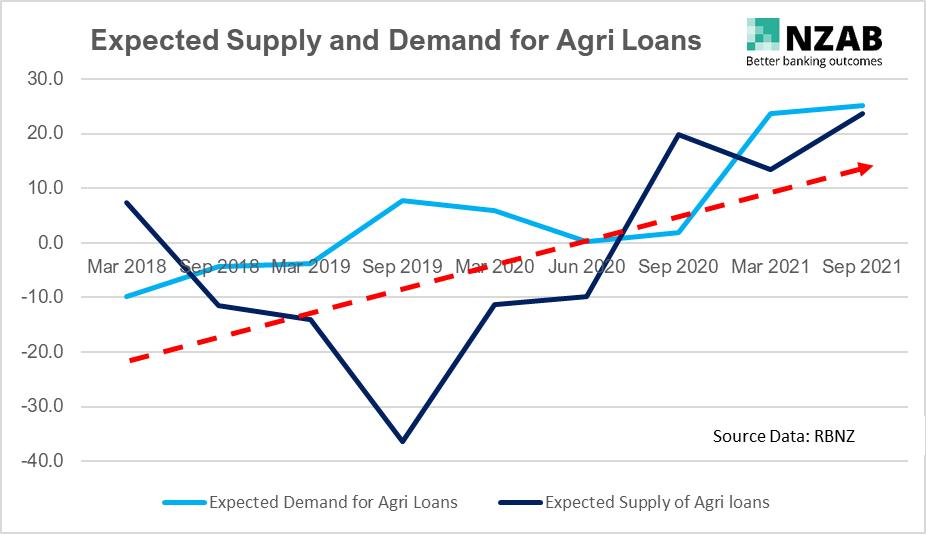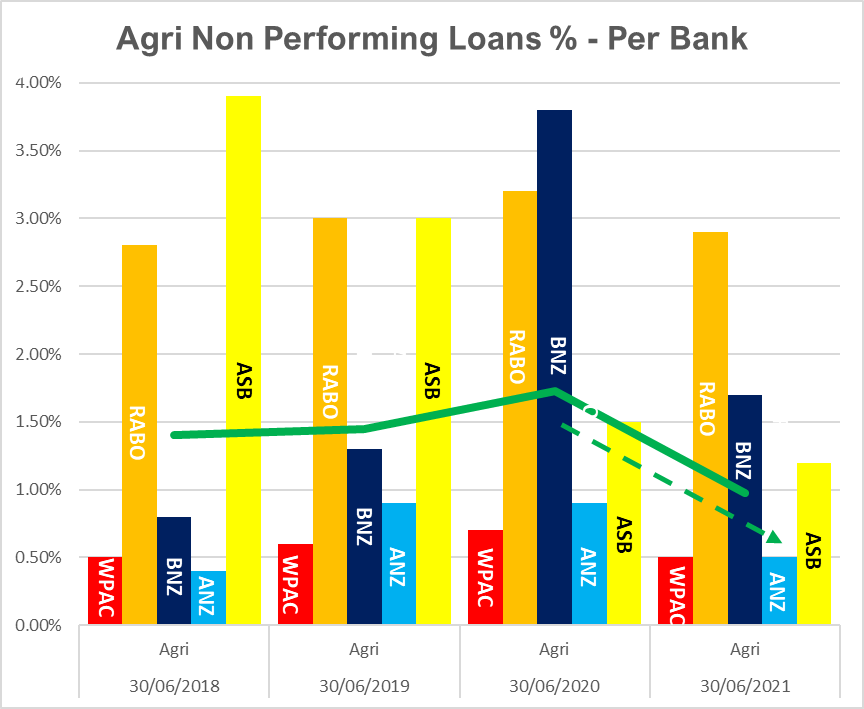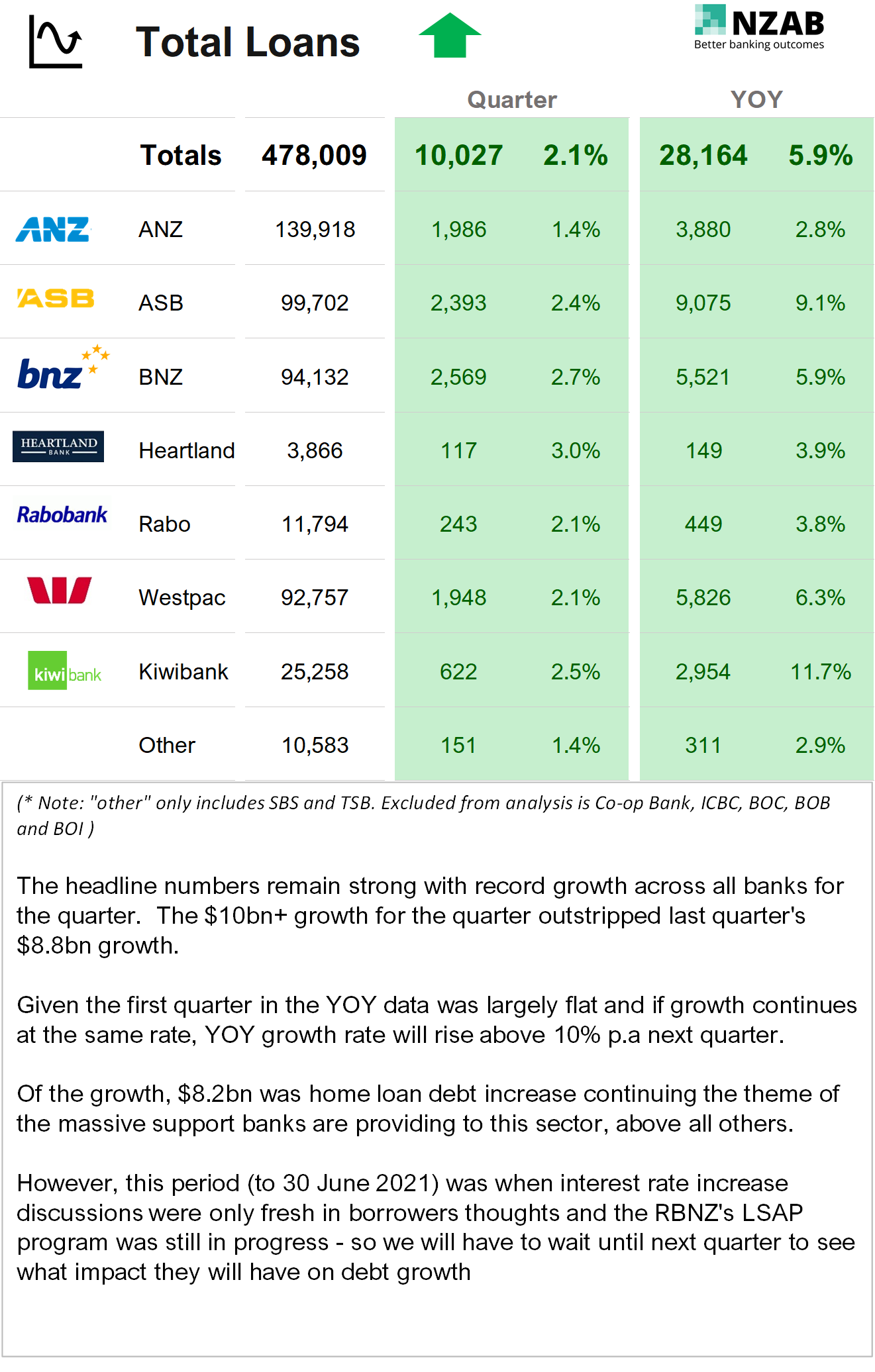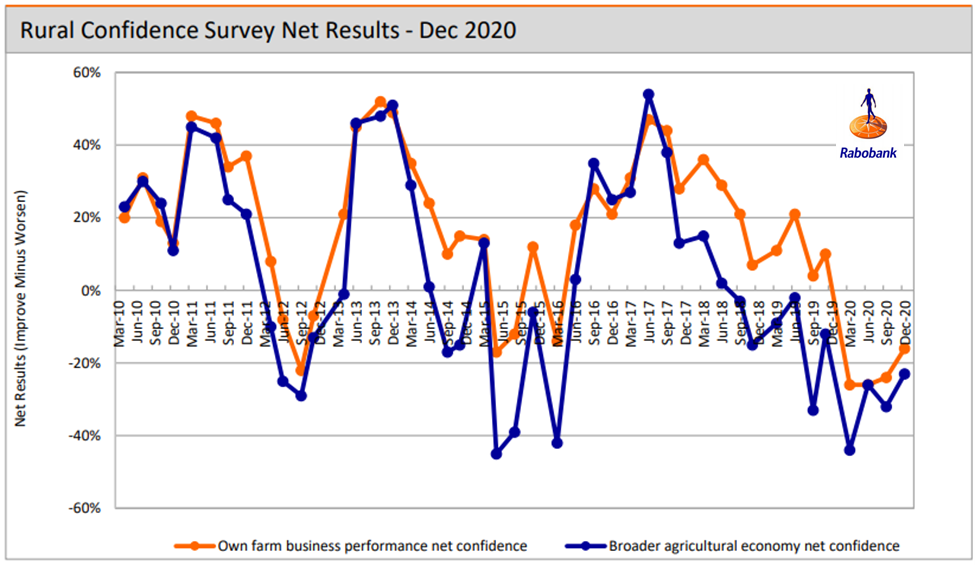Some big upcoming restrictions on new home loan lending, combined with banks’ natural desire to keep growing their book is going to mean that credit is going to look for a home elsewhere.
We think it’s going to be Agri.
So let’s set the scene with some recent bank jargon for you that is going to be talked about more and more.
- CCCFA regulations
- New DTI’s
- LVR restrictions
- Tax deductibility changes
- Brightline tests
The last three you would have all heard, but the first two are yet to impact. I’ll touch on them shortly – but to start with - guess what all of these measures have in common?
Well, they’re all designed to take the heat out of the residential market given the drastic house price increases of late plus win back the political football that housing has become of late.
And guess what - they’re starting to bite.
Whilst credit growth in the home loan sector is still increasing month on month it’s useful to look ahead at expectations for change in future.
One of the best gauges for those future expectations is the “Credit Conditions Survey”, conducted every six months by the RBNZ.
This survey is relatively simple the RBNZ asks banks what they expect both the demand and supply of credit in each of their lending sectors (residential, consumer, SME, Agri, Corporate) will be over the next six months.
They are sentiment based questions but given the banks do control the puppet strings of capital availability, its pays to take notice.
And the results are starting to show some very stark trends. The expected demand and more importantly, the expected supply of capital to the home loan sector is expected to significantly pare back over the next six months.









